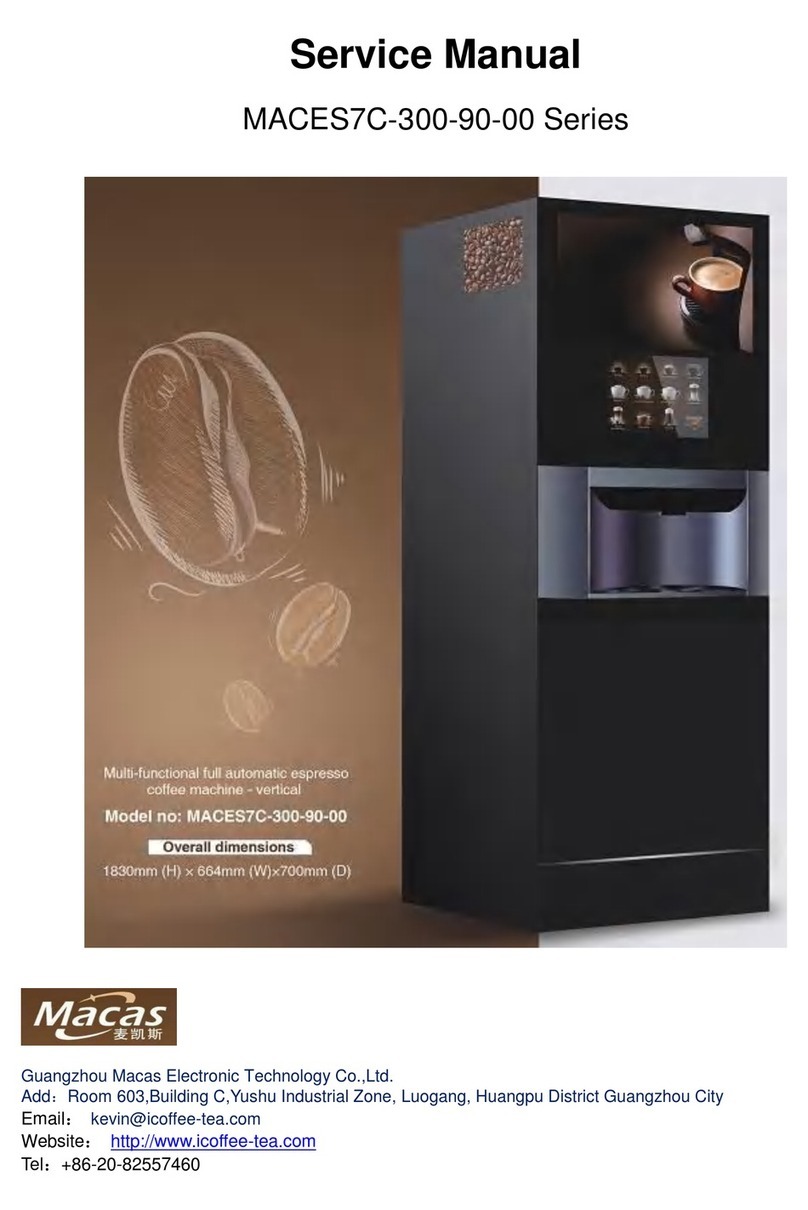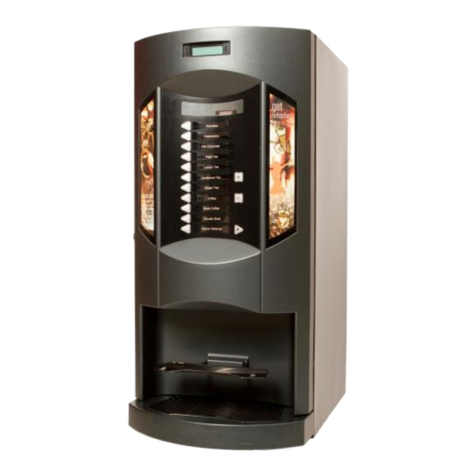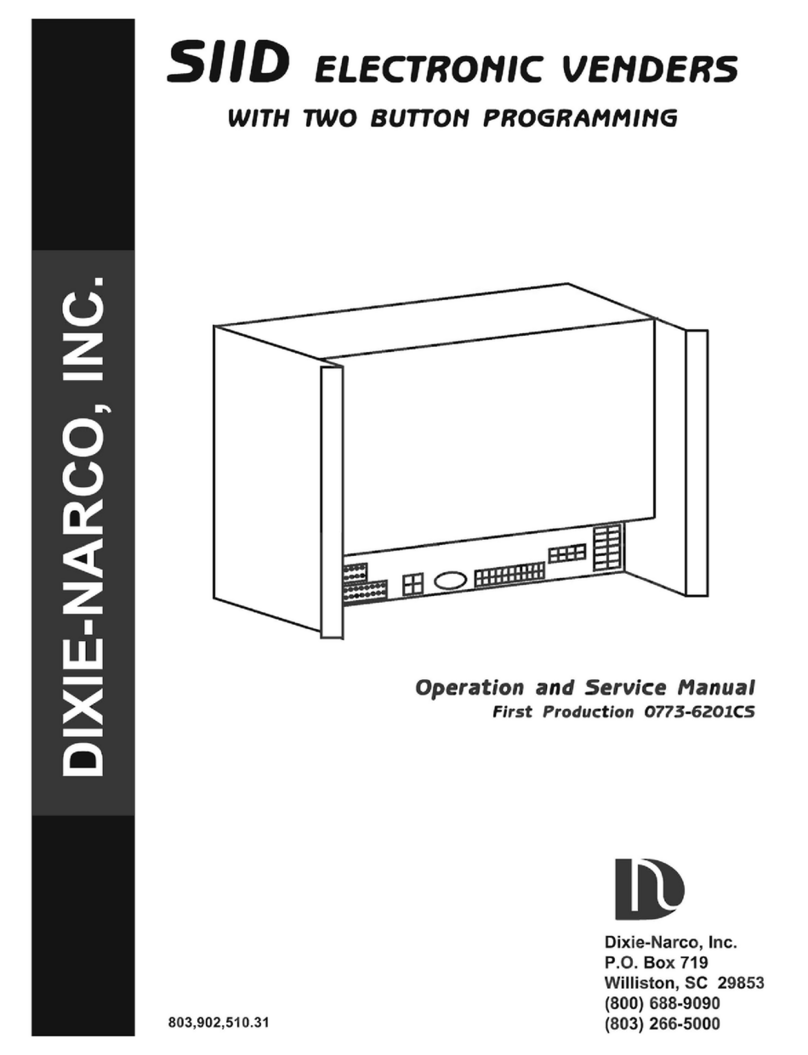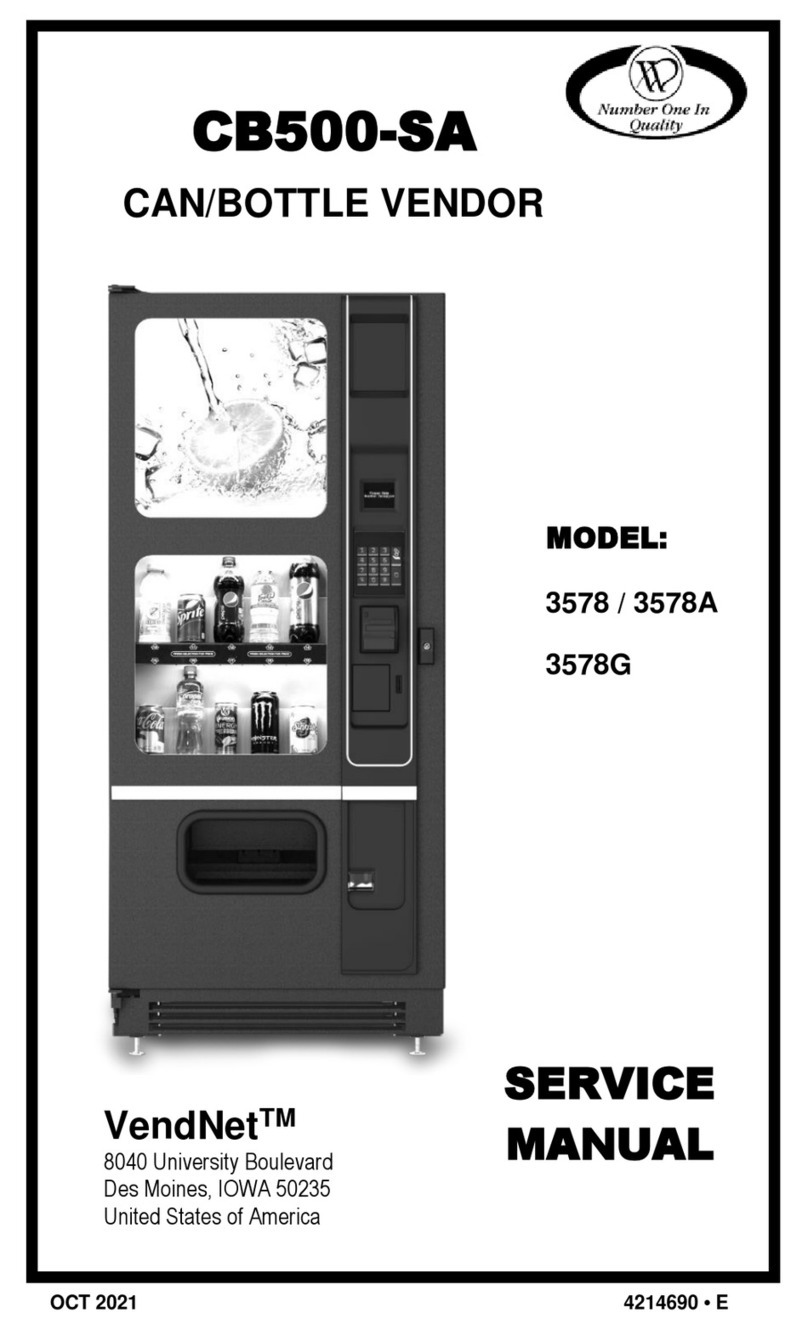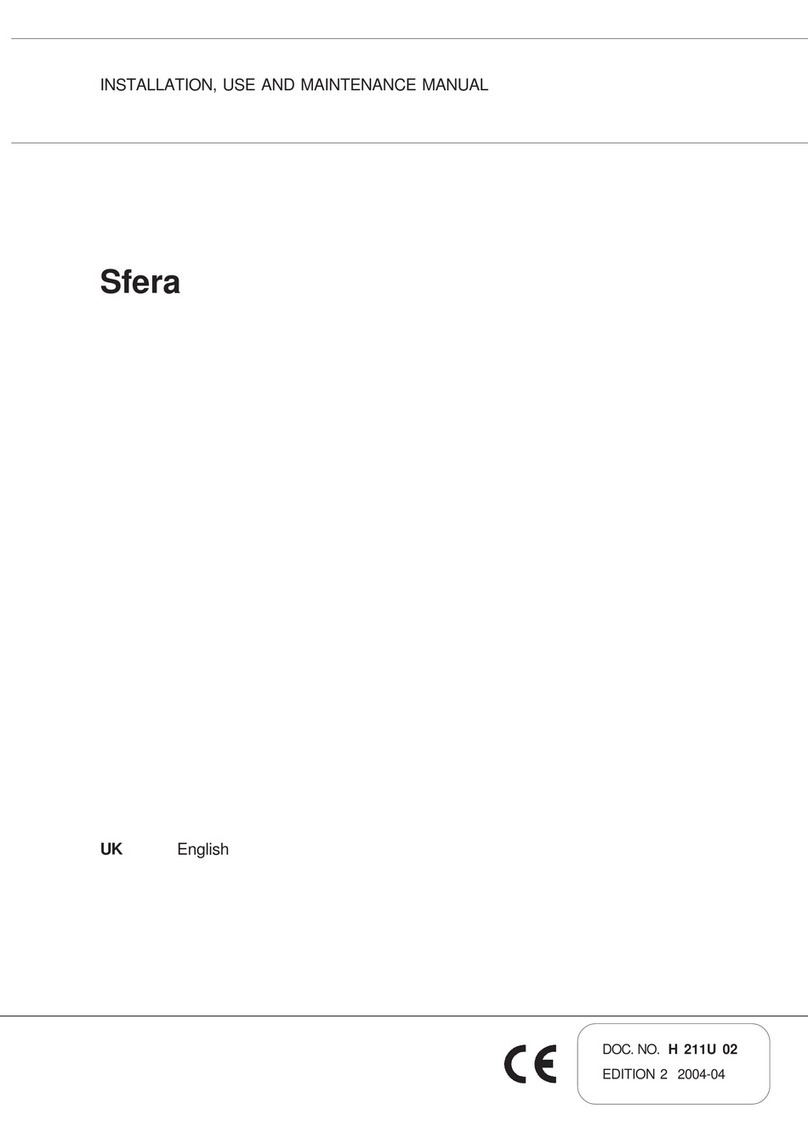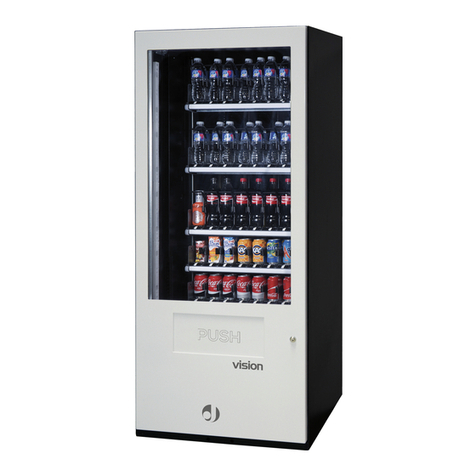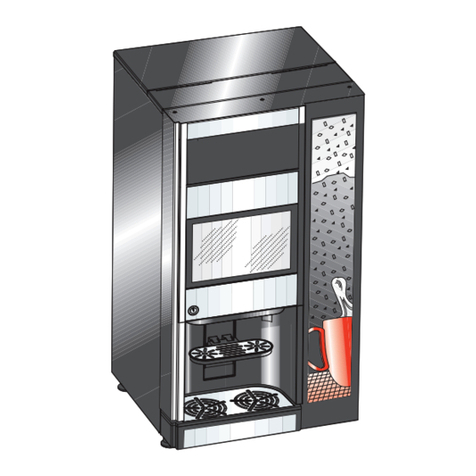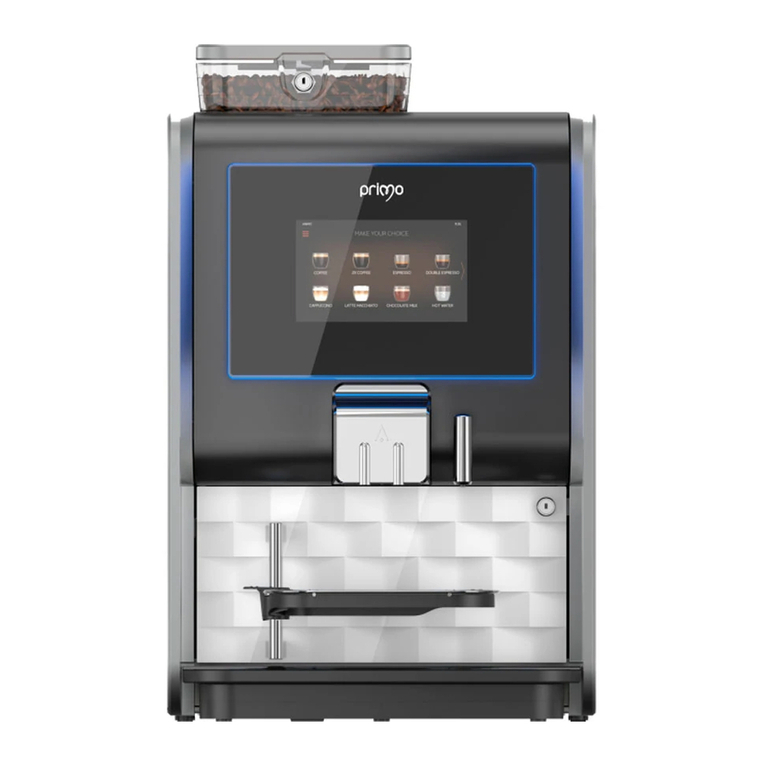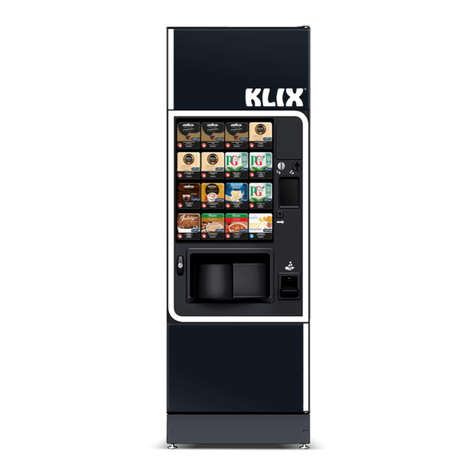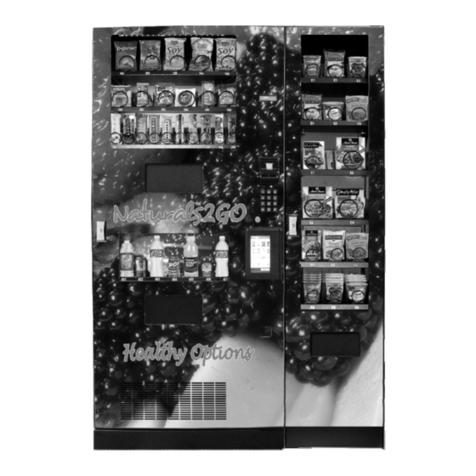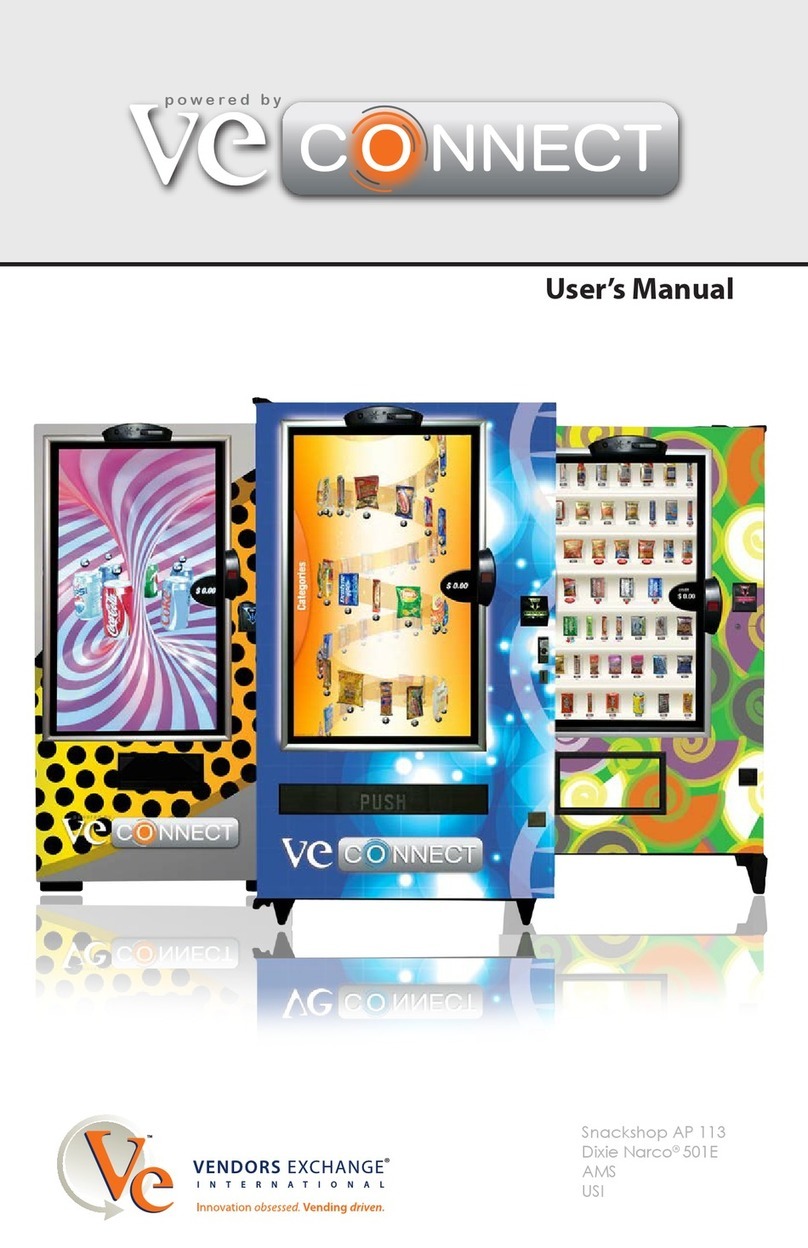
III
Table of Contents
ZERO ZONE WARRANTY.....................................................................1
Limited Warranty .............................................................................1
Extended Warranties .......................................................................1
Length of Extended Warranty .........................................................1
Product Not Manufactured By The Seller .......................................1
Limitation and Exclusion of Warranties ...........................................1
INTRODUCTION....................................................................................2
Important User Information..............................................................2
Manufacturer....................................................................................2
Intended Use....................................................................................2
Display Case Models.......................................................................2
INSTALLATION & OPERATION............................................................4
Delivery Inspection...........................................................................4
Packaging........................................................................................4
Location...........................................................................................4
Leveling............................................................................................4
Setting the Case..............................................................................5
Moving Cases..................................................................................5
LineupAssembly..............................................................................6
Drain Line.........................................................................................7
Bumper and Kickplate......................................................................7
Cleaning...........................................................................................8
Shelves............................................................................................9
Loading the Case.............................................................................9
Light Switch......................................................................................9
Case Thermometer..........................................................................9
Service...........................................................................................10
Fan Removal..................................................................................11
Refrigeration..................................................................................11
Electrical........................................................................................12
Defrosting - Low Temp...................................................................14
Anti-Sweat Heaters - Low Temp ....................................................18
Anti-Sweat Heaters - Medium Temp..............................................18
Doors.............................................................................................18
ILLUSTRATIONS.................................................................................19
Case Label Information..................................................................19
Leveling..........................................................................................20
Moving Cases................................................................................26
RHZC / RHCC Caulking Instructions.............................................27
Required Sealing for NSF-Approved Installations.........................28
Joining Insulated Dividers - RHZC / RHCC to RHZC / RHCC.......29
Joining Insulated Dividers - RHZC / RHCC to RVLC / RVMC .......30
Attaching Kickplate Splice - RHZC / RHCC to RVLC / RVMC.......31
Field Mounted Trap........................................................................32
Under Case ReturnAir Flow..........................................................34
Penetration Sealing........................................................................35
P-trap Installation...........................................................................36
General..........................................................................................37
Refrigeration Line Sizing - Low Temp............................................38
Refrigeration Line Sizing - Medium Temp......................................40
Electric Defrost - Low Temp...........................................................41
Hot Gas Defrost - Low Temp..........................................................42
Single Point Connection - Low Temp.............................................43
Master/Satellite Wiring - Low Temp ...............................................44
Off Cycle Defrost or Satellite Wiring - Medium Temp.....................45
Single Point Connection or Master Wiring - Medium Temp ...........46
Hot Gas Defrost - Low Temp..........................................................47
Electric Defrost - Low/Medium Temp.............................................48

